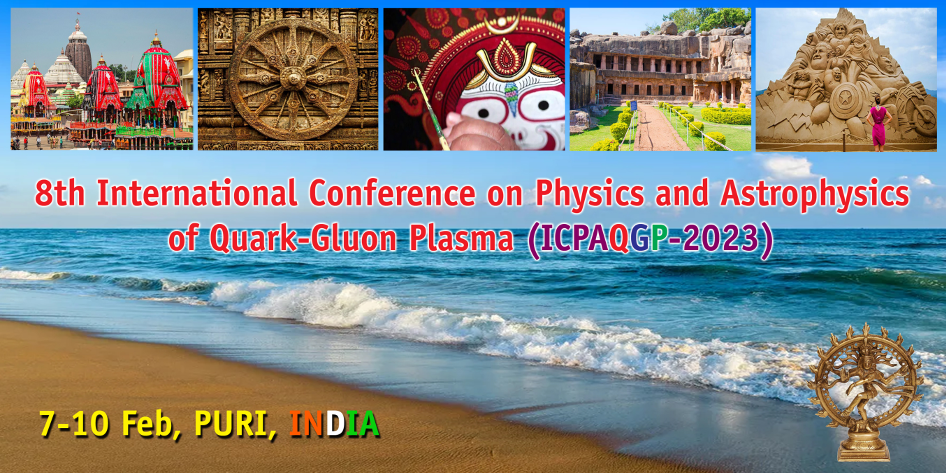Speaker
Description
A deconfined medium of quarks and gluons called Quark-Gluon Plasma (QGP) is produced when heavy-nuclei are collided at relativistic energies. The formation of QGP is often characterized by a phenomenon called strangeness enhancement where the production of strange-to-non-strange particles are enhanced relative to peripheral or proton-proton interactions. Besides the enhancement in K/π ratios, a non-monotonic energy dependence was also reported for Λ̄ to p̄ ratios at CERN SPS, attributed to a signature for the strangeness enhancement . As anti-particles are produced directly from the reaction, the Λ̄/ p̄ ratios are considered as a cleaner probe for the strangeness enhancement. However, at this energy range hadronic interactions are dominant and, particularly for Λ̄ and p̄, processes like baryon-anti-baryon (BB̄) annihilation can significantly modify final yields and spectral shape which may lead to an apparent enhancement in the Λ̄/p̄ ratios. In this work, we use UrQMD hadronic transport model, to investigate the role of baryon-anti-baryon (BB̄) annihilation on Λ, Λ̄ hyperon production and its effect on Λ̄/p̄ ratios. The UrQMD calculations with BB̄ annihilation can produce the trend of average transverse mass spectra for Λ and Λ̄, as well as, the characteristic enhancement in Λ̄/p̄ ratios in data as a function of centrality and collision energy. Furthermore, Λ̄/p̄ ratios extracted from the feed-down corrected SPS data are in good agreement with UrQMD model calculations with BB̄ annihilation. This suggests that Λ̄/p̄ enhancement can not be interpreted as a direct signature for strangeness enhancement and BB̄ annihilation has a significant role to play.

